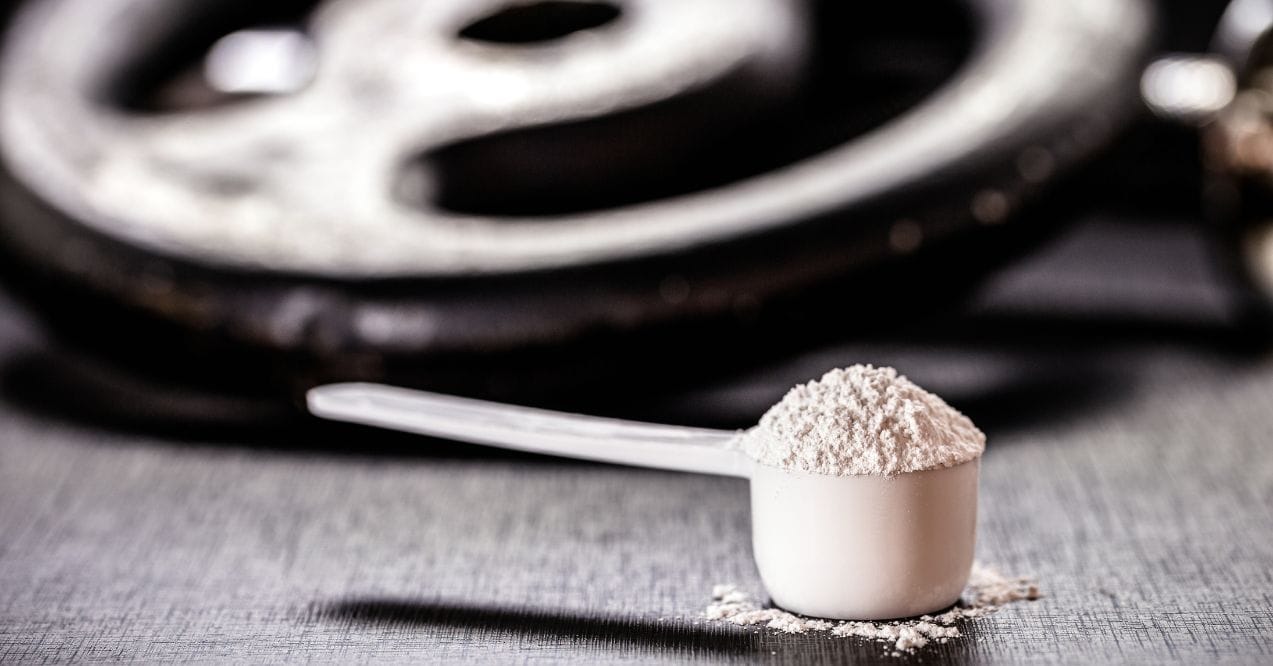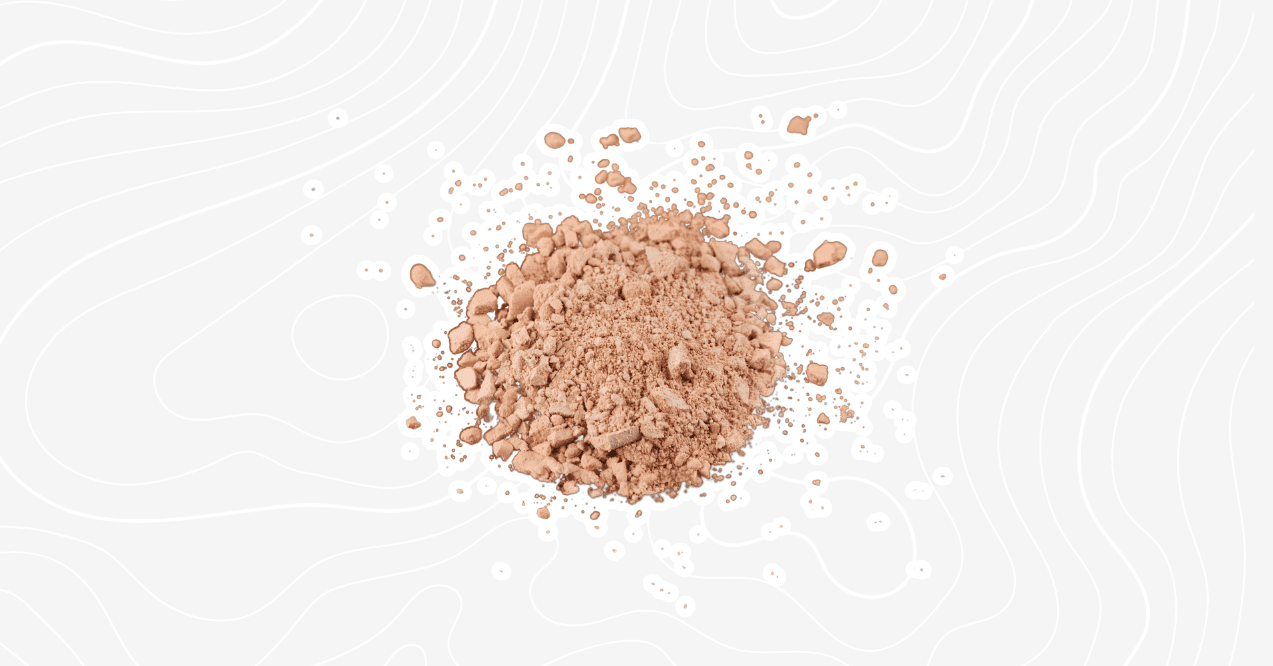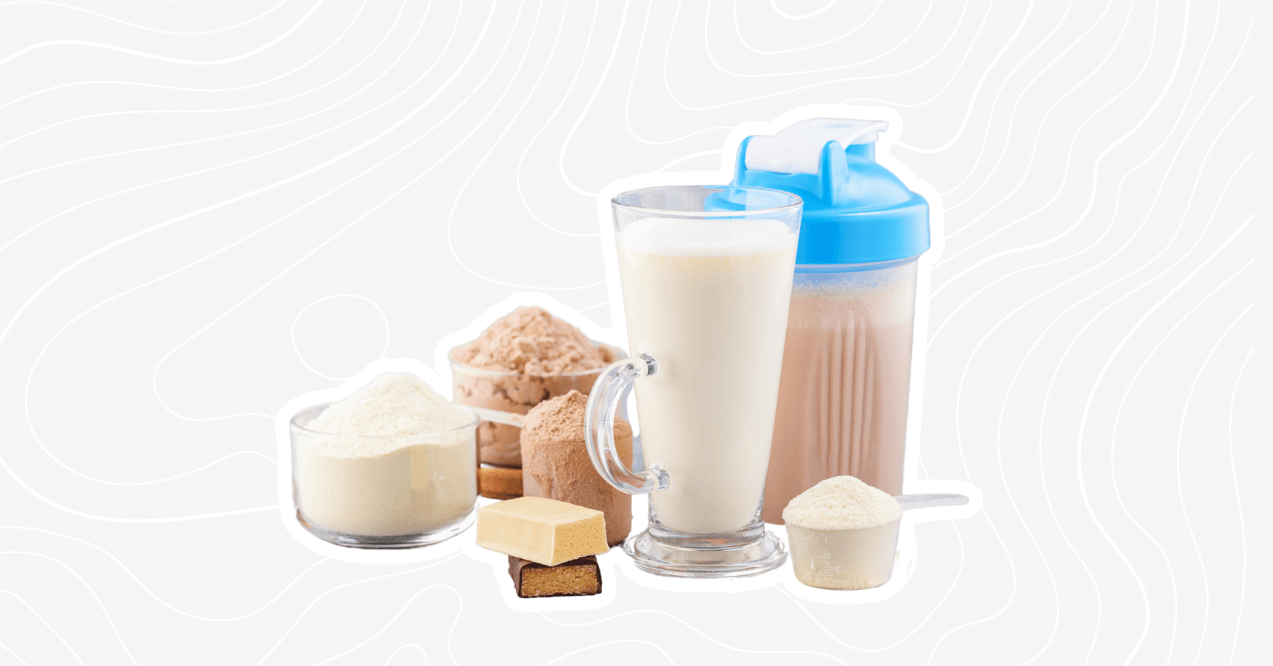Creatine Pills vs Powder – Which One Works Faster & Better?
Creatine stands as one of the most researched and popular supplements in the fitness world, with countless athletes and gym enthusiasts incorporating it into their regimens. Known for supporting muscle growth, strength gains, and exercise performance, creatine has earned its reputation as a fitness staple. When considering supplementation options, many find themselves comparing creatine pills vs powder – two common forms that offer the same core benefits through different delivery methods.
While both contain the same active ingredient, their absorption rates, convenience factors, and overall user experience can vary significantly. Understanding these differences can help you make an informed choice that aligns with your fitness goals and lifestyle preferences.

Creatine Pills vs. Powder: Key Differences
When weighing your supplementation options, the creatine pills vs powder debate centers on practical considerations rather than fundamental differences in the compound itself. Both contain the same active ingredient, which should not be confused with creatinine, a waste product naturally eliminated by your kidneys.
The primary distinctions involve convenience, absorption rate, dosage accuracy, and personal preference. Your lifestyle, fitness goals, and digestive sensitivities all play important roles in determining which form might better support your training regimen. Let’s examine each option more closely to help you make an informed choice.
Creatine Powder
Creatine powder has remained the go-to choice for many fitness enthusiasts. Its advantages include:
- Faster absorption rates as it dissolves directly in liquid
- Superior mixability, especially with micronized versions
- More cost-effective per serving than equivalent pill options
- Flexibility in precise dosage adjustments
- Variety of flavored options available
The drawbacks include the need for mixing equipment and the potential taste issues. Many users find certain types of creatine powder, particularly creatine monohydrate, somewhat grainy or chalky. When considering what form of creatine is best, powder offers versatility in how you consume it – mix it with water, juice, protein shakes, or smoothies to mask the slightly bitter taste some users report.
For those seeking a premium powder option that addresses these common concerns, Trumeta Creatine delivers 5 grams of pure Creapure® creatine monohydrate per serving. Its easy-mixing formula helps you build lean muscle, boost endurance, and enhance recovery without the grittiness of lower-quality products.
Vegan, gluten-free, and designed specifically for high-intensity training, Trumeta supports both cellular energy and mental performance, making it an excellent choice for those who prioritize clean, effective nutrition in their fitness journey.
Creatine Pills
Creatine pills offer a convenient alternative that appeals to those with busy lifestyles or frequent travelers. Their key benefits include:
- Ultimate portability – take them anywhere without mixing equipment
- Pre-measured doses eliminating the need for scoops or scales
- No taste issues compared to powder versions
- Cleaner consumption with no spills or residue
- Longer shelf stability without clumping from moisture exposure
The primary disadvantages relate to absorption rate and cost. Pills typically take longer to break down in your digestive system before the creatine becomes available to your muscles. The capsule or tablet must dissolve first, which can delay the supplement reaching your bloodstream.
Additionally, pill forms generally cost more per gram of creatine than their powder counterparts, making them less economical for regular, long-term users.
Dosage and Effectiveness
The effectiveness of creatine supplementation ultimately depends on achieving muscle saturation, regardless of whether you choose creatine pills vs creatine powder. Both forms can deliver results when used consistently and at appropriate dosages.
Recommended Dosage
For optimal results, most research supports the following approach:
Loading Phase (optional but accelerates saturation)
- 20-25g daily, divided into 4-5 servings of 5g each
- Duration: 5-7 days
Maintenance Phase
- 3-5g daily as a single dose
- Continues indefinitely while supplementing
The loading phase rapidly saturates muscle stores, while the maintenance dose sustains these elevated levels. Some users skip loading and simply take the maintenance dose, which achieves the same saturation level after approximately 3-4 weeks.
Timing Considerations
Taking creatine on empty stomach is acceptable, though some research suggests slightly improved absorption when consumed with carbohydrates. This applies to both pills and powder, though the effect may be more pronounced with powder formulations due to their faster dissolution.
Absorption Differences
When comparing effectiveness between forms, powder typically demonstrates a slight edge in absorption speed – approximately 15-30 minutes faster than pills. However, this difference becomes negligible over time as both forms eventually achieve the same muscle saturation levels when taken consistently.
Performance Impact
Research shows that properly dosed creatine (regardless of form) typically produces:
- 5-15% increase in maximum strength
- 1-2 rep improvement in resistance training
- Enhanced power output during high-intensity exercise
- Improved recovery between intense training sets
The key factor in effectiveness isn’t whether you choose pills or powder, but rather your consistency in taking it daily to maintain muscle saturation levels. Individual responses may vary based on diet, training intensity, and genetic factors.
Side Effects and Safety
Creatine has been extensively researched for decades, making it one of the most well-studied supplements on the market. When considering are creatine pills or powder better from a safety perspective, both forms share a similar safety profile when used as directed.
Common Side Effects
Some users may experience mild side effects, particularly during the initial loading phase:
- Water retention (temporary and primarily intramuscular)
- Digestive discomfort (more common with powder on empty stomach)
- Creatine headache (typically related to dehydration)
- Bloating (usually subsides after adjustment period)
Myths vs. Facts
Several persistent myths about creatine safety deserve correction:
| Myth | Fact |
| Causes kidney damage | No evidence in healthy individuals with proper dosing |
| Leads to dehydration | Actually improves cellular hydration when sufficient water is consumed |
| Must be cycled | Research shows long-term continuous use is safe |
| Causes hair loss | Limited evidence connecting creatine to accelerated hair loss |
Minimizing Side Effects
To reduce potential discomfort:
- Stay properly hydrated (aim for 3-4 liters of water daily)
- Take with food if experiencing digestive issues
- Consider starting with a maintenance dose instead of loading
- Choose micronized creatine powder or high-quality pills with minimal additives
Both forms maintain excellent safety profiles when used by healthy individuals. Those with pre-existing conditions should consult a healthcare professional before beginning supplementation.
Conclusion
When deciding between creatine pills vs powder, both options effectively deliver this performance-supporting supplement to your muscles. Powder offers advantages in absorption speed and cost-effectiveness, while pills provide unmatched convenience and portability. Your choice ultimately depends on your lifestyle priorities – whether you value the slightly faster absorption of powder or the grab-and-go simplicity of pills.
Regardless of which form you select, consistency remains the key factor in achieving results. What matters most is maintaining regular intake to keep your muscle creatine stores saturated. Choose the option that you’re most likely to stick with long-term, as either form can effectively support your fitness journey when used properly.
For optimal results, take 3-5 grams of creatine daily (maintenance dose), which typically means 3-6 pills depending on the brand’s dosage per pill. During an optional loading phase, you might take 20-25 grams daily, split into multiple servings.
Yes, creatine pills are equally effective as powder when taken consistently. Both forms achieve the same muscle saturation levels over time. The only difference is that powder may absorb slightly faster, but this timing difference doesn’t impact long-term effectiveness.
Creatine pills typically take 30-60 minutes to digest and begin absorption. You’ll notice initial effects (water retention, pumps) within 1-2 weeks. Full performance benefits develop after 3-4 weeks of consistent use, or faster (7-10 days) with a loading protocol.
Advertisement. This site offers health, wellness, fitness and nutritional information and is designed for educational purposes only. You should not rely on this information as a substitute for, nor does it replace, professional medical advice, diagnosis, or treatment. If you have any concerns or questions about your health, you should always consult with a physician or other health-care professional. Do not disregard, avoid or delay obtaining medical or health related advice from your health-care professional because of something you may have read on this site. The use of any information provided on this site is solely at your own risk.







